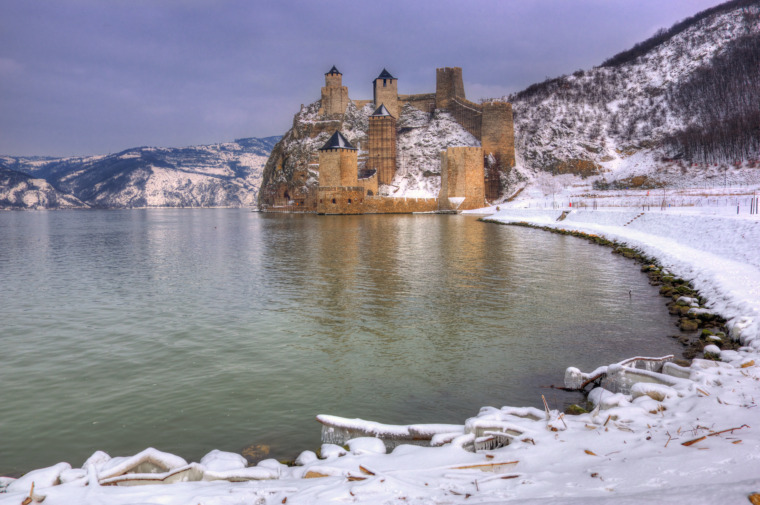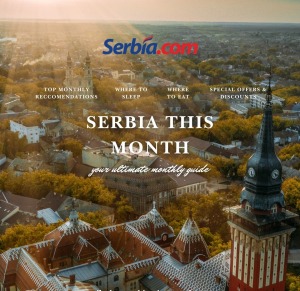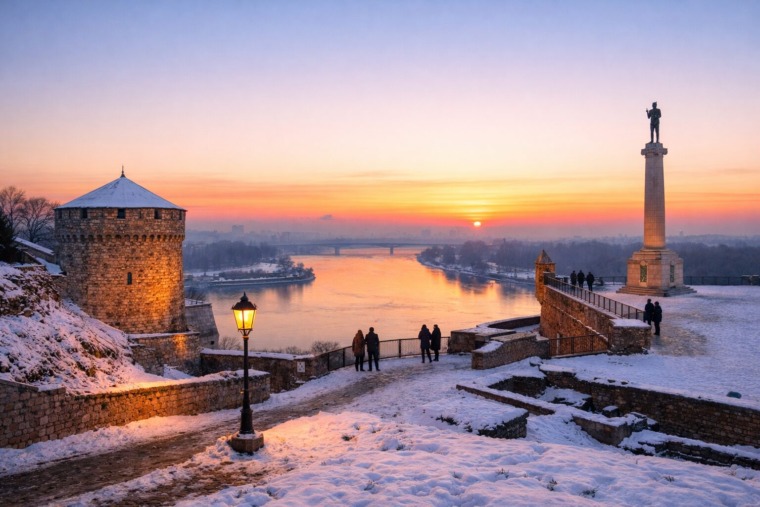
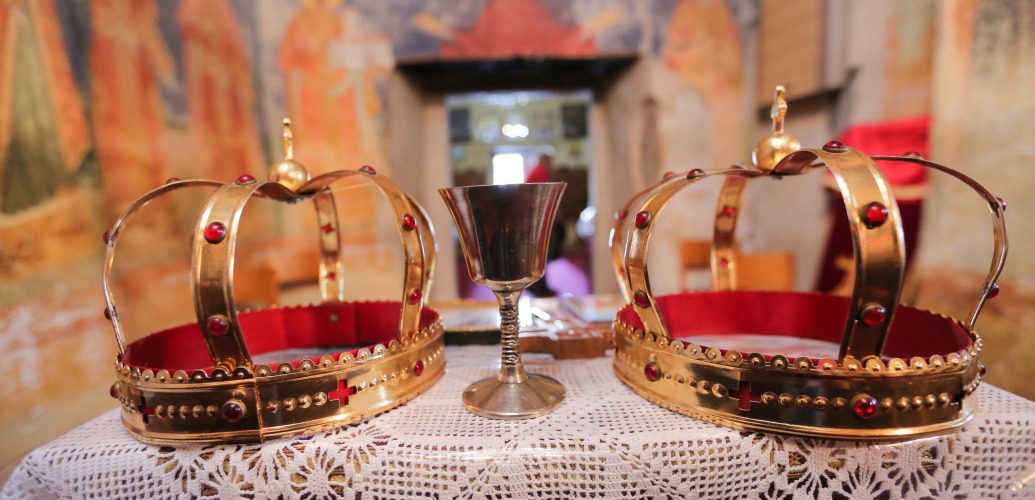
Serbian weddings are vibrant, full of energy, and steeped in centuries-old traditions. From the moment a couple gets engaged to the wedding ceremony itself, each step is a beautiful blend of cultural rituals, lively music, and community involvement. Serbian weddings are about more than just a celebration of love—they are a connection to the country’s rich cultural history, folklore, and family values.
This guide will take you through some of the most unique and cherished Serbian wedding customs, from kupovina mlade to the symbolic gađanje jabuke.
1. Kupovina Mlade (Buying the Bride)
One of the most iconic Serbian wedding traditions is kupovina mlade, or “buying the bride,” which takes place before the wedding ceremony. This ritual, deeply rooted in Serbian culture, is more symbolic than literal, though it involves a playful negotiation process between the groom and the bride’s family.

The groom and his friends go to the bride’s house to ask for her hand in marriage. The bride’s family, especially her father, may set up a mock negotiation where the groom and his family are required to “buy” the bride through a series of humorous and sometimes tricky demands. This could involve the groom handing over money, singing songs, or performing playful acts in exchange for his bride. It’s a fun and lighthearted tradition that showcases the groom’s commitment and adds a sense of joy to the pre-wedding festivities.
2. Kićenje Svatova (Decorating the Wedding Party)
Serbian weddings are all about community, and kićenje svatova is a beautiful tradition that reflects this. Svatovi are the wedding guests—typically the closest family members and friends who play an active role in the wedding. The term “kićenje” literally means “decorating,” and in the context of Serbian weddings, it involves the ceremonial dressing and ornamentation of the wedding party, especially the bride and groom.
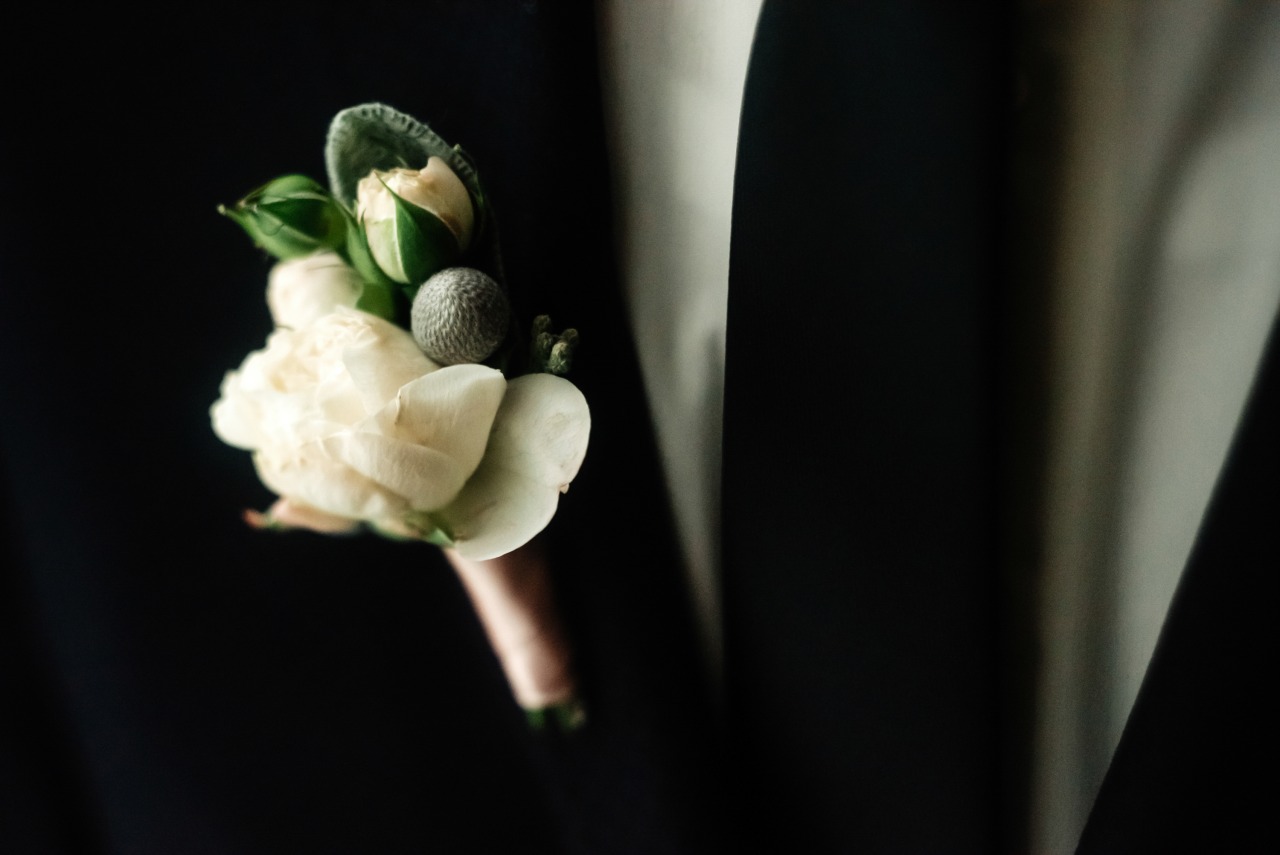
This custom starts with the bride being helped into her wedding dress by her female relatives or friends. But it also extends to the wedding party, who are often dressed in traditional Serbian clothing, or at the very least, in coordinated outfits. Svatovi may also be adorned with flowers, ribbons, and other ornaments, which are placed on their heads or around their necks as a way to honor the importance of the occasion. This elaborate dress-up tradition adds a festive flair to the wedding, setting a joyful and celebratory tone for the ceremony.
3. Gađanje Jabuke (Apple Tossing)
Gađanje jabuke, or apple tossing, is a charming and symbolic Serbian wedding tradition that takes place before the wedding ceremony, when the groom arrives at the bride’s house to take her to the church for the wedding.
In this playful custom, the groom climbs to the roof of the bride’s house or a nearby building, where he holds a red apple in his hand. He then tosses the apple off the roof, and the goal is for him to catch it. The groom must keep tossing the apple until he successfully catches it—a task that can take a few tries. This ritual symbolizes his readiness to take responsibility for his bride and his determination to overcome any obstacles on their path to marriage.
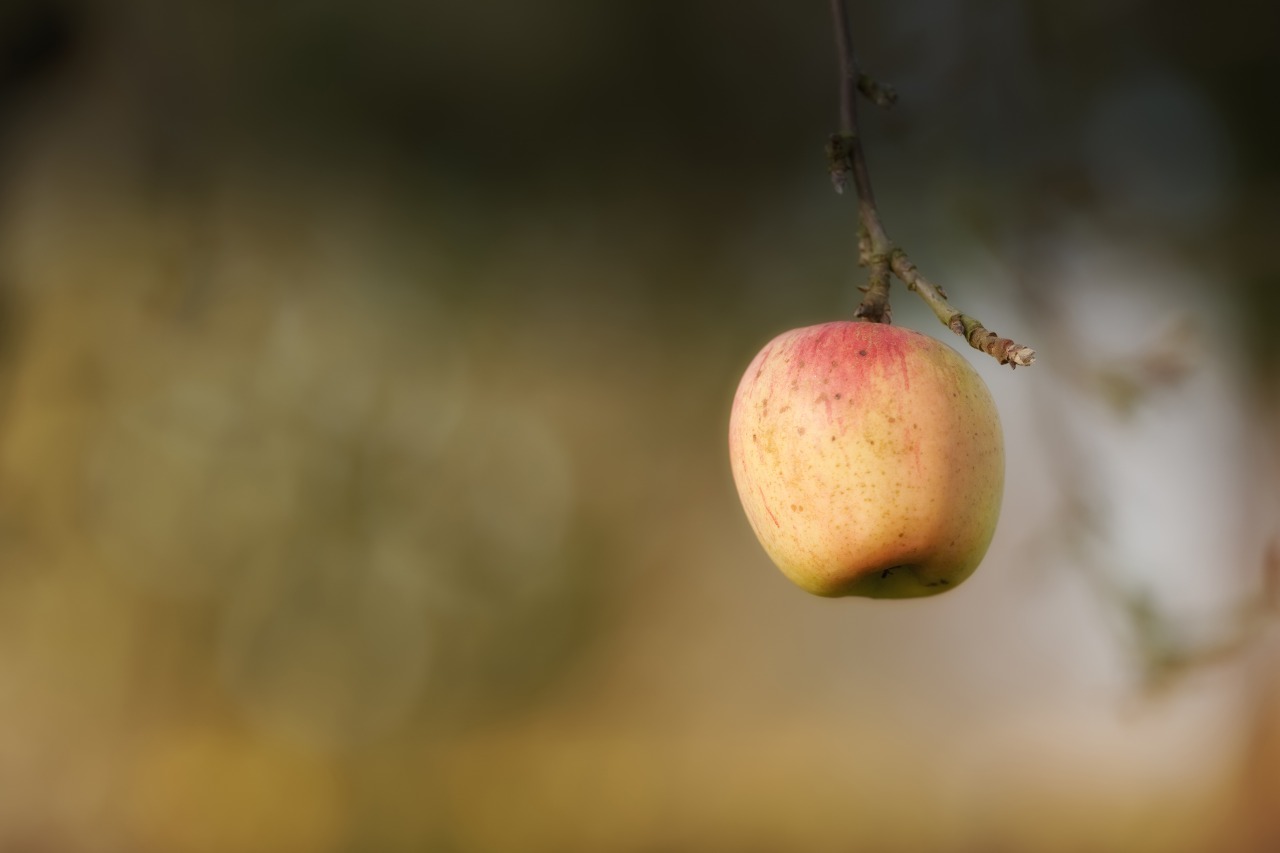
Once the groom successfully catches the apple, it signifies that he has “earned” his bride and is now ready to take her with him to begin their life together. Only after this tradition is completed does the groom go down and officially “take” the bride, marking the beginning of their journey to the wedding ceremony.
The tossing and catching of the apple are symbolic of facing challenges together, with the apple itself representing good fortune, prosperity, and fertility. The playful nature of this custom is an important and joyful part of the pre-wedding festivities, adding a sense of humor and lightheartedness before the couple takes the serious step of marriage.
4. Orthodox Church Wedding Ceremony
The wedding ceremony in the Serbian Orthodox Church is deeply symbolic, steeped in centuries of tradition and religious significance. This part of the wedding is the spiritual foundation of the couple’s union, and it is considered the most important aspect of the entire celebration. The ceremony is usually held in a beautifully decorated church, with the couple and their closest family and friends present.
The Orthodox wedding ceremony is rich in ritual, and it begins with the betrothal service. The groom and bride stand side by side, holding candles, as the priest blesses them. The exchange of vows in the Orthodox tradition is replaced by a series of prayers and blessings. Instead of the couple exchanging rings immediately, the priest places them on their hands later during the ceremony as a symbol of their commitment to one another.

One of the most distinct parts of the ceremony is the crowning. The bride and groom are crowned with wedding crowns (known as “kruna”), which are typically made of gold or silver and adorned with precious stones. The crowns are symbolic of the couple’s new status as the “king and queen” of their own family. The priest ties the crowns together with a ribbon, symbolizing the couple’s unity. These crowns are then worn throughout the rest of the ceremony and are seen as a sign of God’s blessing and protection over the couple’s new life.
During the Dance of Isaiah, the priest leads the couple in a circle around the altar three times, symbolizing the couple’s new journey together. The circle represents eternity, and the act of walking together signifies their commitment to face life’s challenges side by side. At the end of the ceremony, the couple’s wedding crowns are removed, and the priest offers a final blessing. The newlyweds then share their first kiss as husband and wife, sealing their vows.
5. The Wedding Dance: Kolo
The kolo is a traditional Serbian folk dance that is a highlight at almost every wedding celebration. It is a circle dance performed by the bride, groom, and guests, holding hands or linking arms as they move in a synchronized pattern to the beat of traditional Serbian music. The dance is full of energy, excitement, and unity, symbolizing the bond between the couple and their connection to the community.
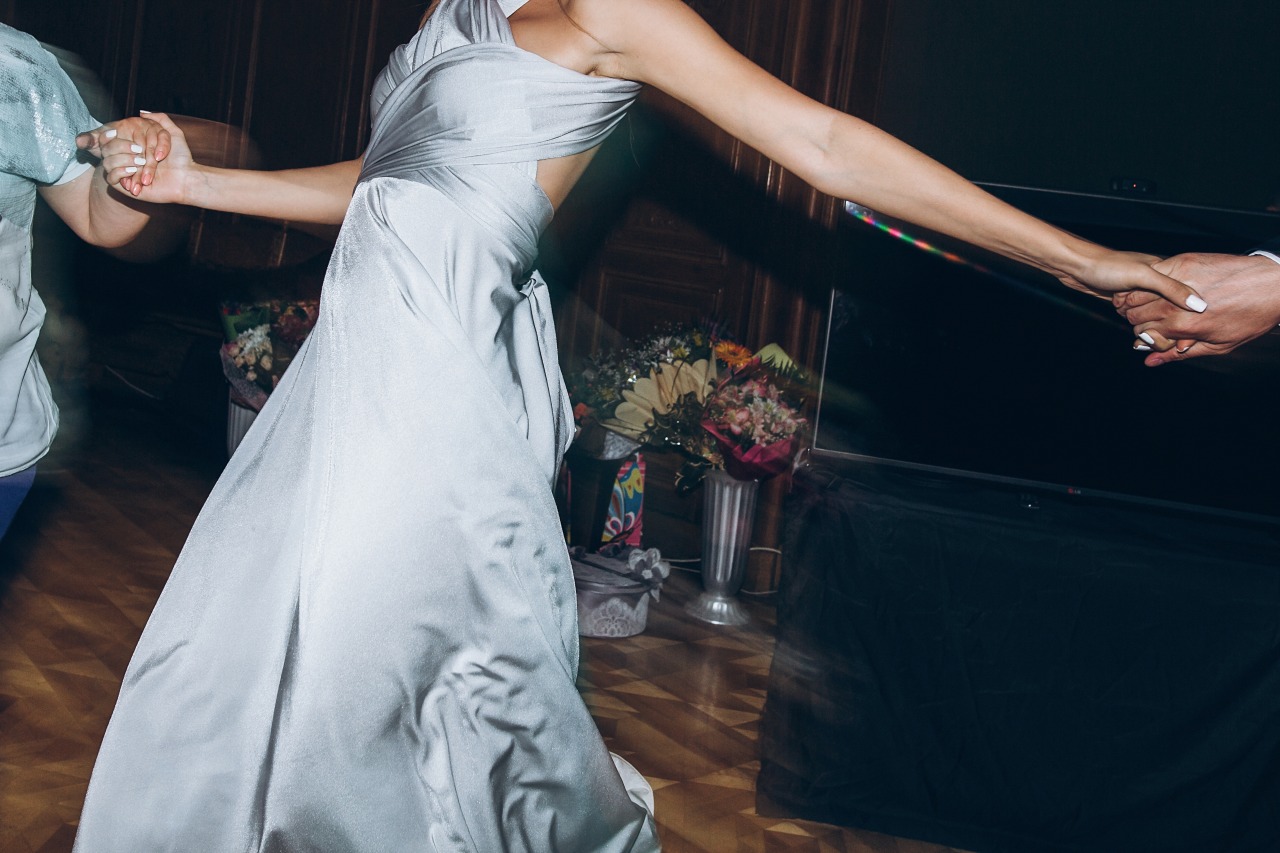
Guests join in the kolo, regardless of age or social status, which brings the entire wedding party together in a joyful celebration of shared culture and heritage. The bride and groom are often the focal point of the dance, leading the group as the music swells and the energy builds.
6. Mladina (Bridal Veil and Ribbon Ritual)
An intriguing Serbian tradition is the mladina ritual, which involves the bride’s veil being tied to a ribbon by the groom’s mother or female relatives. This symbolic act signifies the transfer of responsibility for the bride’s well-being from her family to her husband’s. The ribbon is often woven into the bride’s dress or carried as part of the wedding ceremony.
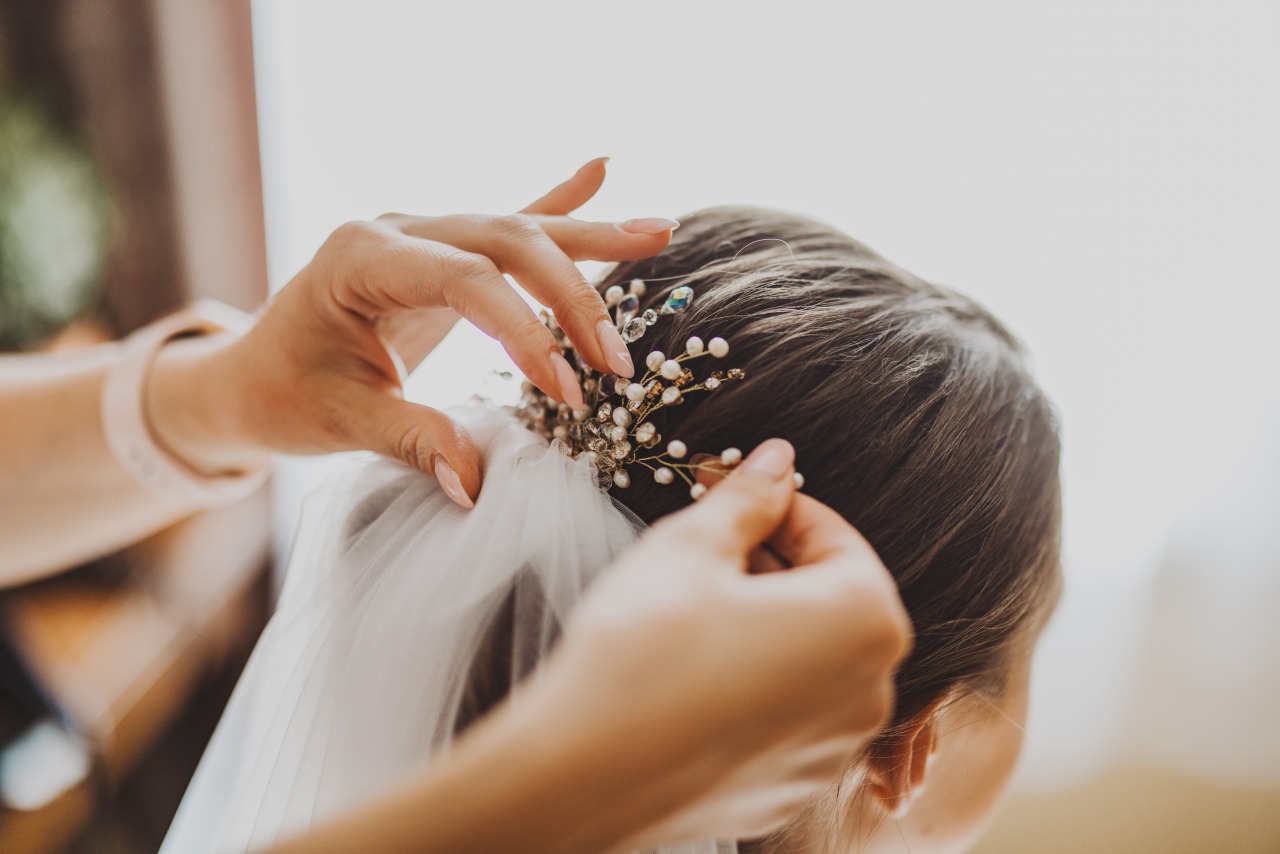
The ritual may vary slightly depending on the region, but it typically involves an exchange of gifts, blessings, and a promise of love and care. This custom reinforces the bond between the families, especially between the mothers of the bride and groom.
7. Tasting the First Meal Together
After the ceremony, it’s customary for the bride and groom to share their first meal as a married couple. In some parts of Serbia, this first meal consists of bread and salt, which is a traditional symbol of hospitality and prosperity.
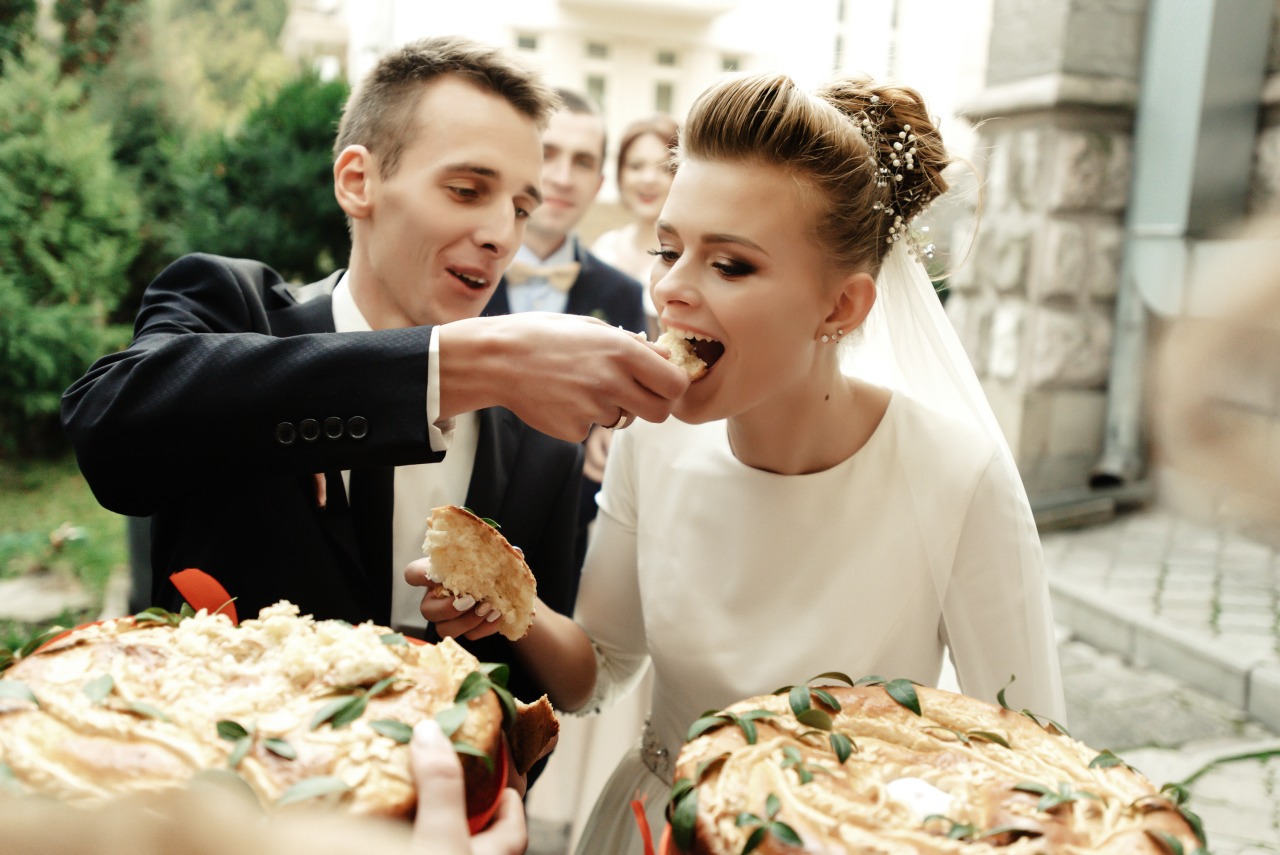
The sharing of bread and salt is a gesture of mutual support, ensuring that the couple’s life together will be abundant, full of warmth, and blessed with good fortune.
8. Wedding Toasts (Zdravica)
A wedding in Serbia is never complete without heartfelt toasts or zdravica. These toasts are often made by close family members or friends, offering blessings to the newlyweds. The best man and maid of honor typically lead the toasts, raising glasses of rakija (fruit brandy) or wine.

The toasts usually express wishes for the couple’s happiness, health, and success, and the guests join in with cheers of “Živeli!” (Cheers!).
9. A Festive Wedding Celebration with Trubači, Food, Dancing, and Rakija
Serbian weddings are famous for their exuberant celebrations, and the wedding reception is where the true spirit of the occasion comes alive. The atmosphere is full of joy, music, and energy, and it often feels like the entire village or community is part of the celebration. At the heart of the festivities are the trubači—brass bands that play lively and traditional Serbian music. The powerful sound of the trumpet and saxophone fills the air, setting the tone for hours of dancing, singing, and clapping.
The dance floor is never empty. Kolo dances—those lively circle dances—are performed by everyone, young and old. The guests join in one by one, holding hands or linking arms as they dance in unison to the fast-paced rhythms. There’s always room for more in the circle, and the joyous nature of the dance brings everyone closer together.

Meanwhile, the wedding feast is an extravagant display of traditional Serbian cuisine. Roast lamb, sarma (stuffed cabbage rolls), grilled meats, cheese, and bread are served in abundance, with dishes that go on for hours. Tables are laden with delicious pastries, cakes, and an endless array of sweet treats like baklava and tufahija (stuffed baked apples). Every guest is encouraged to indulge, and the sheer quantity of food reflects the Serbian values of hospitality and abundance.
No Serbian celebration is complete without rakija—the strong fruit brandy that flows freely throughout the event. Rakija is poured generously into shot glasses and toasted to health, happiness, and prosperity. Zdravica (wedding toasts) are made with cheers of “Živeli!”, and the spirit of goodwill and laughter fills the air.
The celebration continues into the night, with the lively music, dancing, and toasts continuing for hours. The trubači play tunes that make it nearly impossible to sit still, and no one ever wants the party to end. The wedding is not only about the couple—it’s a huge community event where everyone comes together to share in the joy, celebrate love, and create memories that will last a lifetime.
Conclusion: A Rich Tapestry of Tradition and Joy
Serbian weddings are a beautiful fusion of ancient traditions, cultural pride, and heartfelt celebrations. Whether it’s kupovina mlade, the lively kolo dance, or the sacred Orthodox wedding ceremony, each custom is designed to bring the couple closer to one another while reinforcing their connection to their families and their community. A Serbian wedding is not just an event; it’s a celebration of life
Related Articles


Tourist Holiday Guide to Serbia: Tips, Traditions & What to Expect
December 20, 2025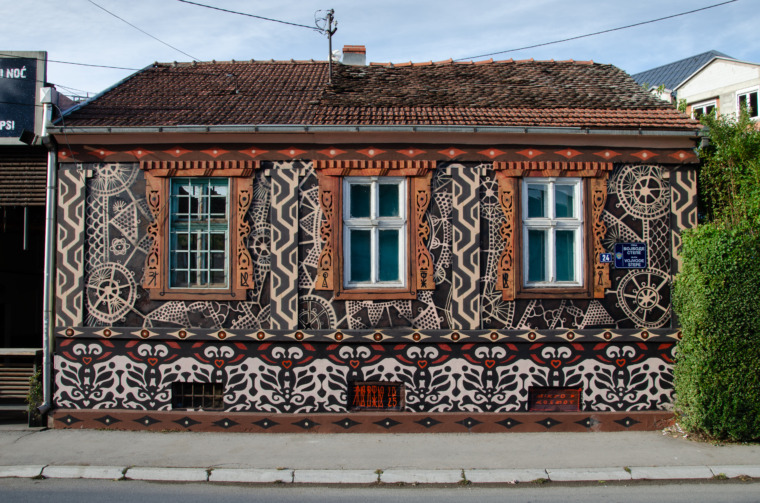
Čačak: Serbia’s Open-Air Gallery of Murals
December 19, 2025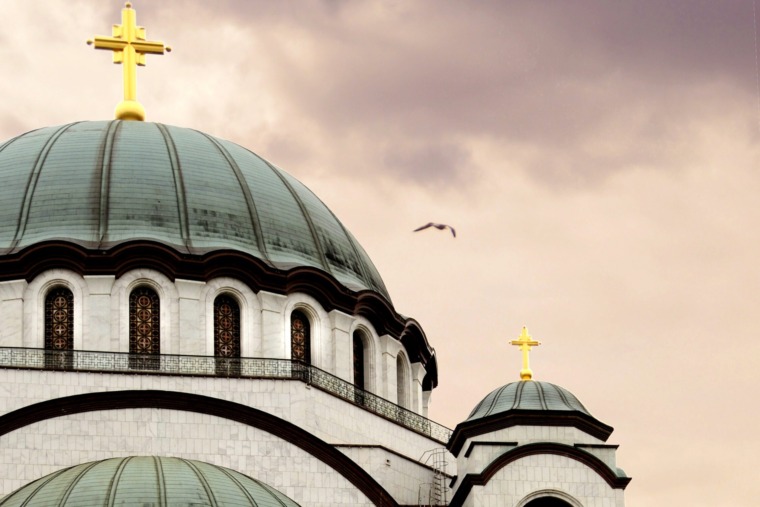
Belgrade: From Filming Location to Film Capital in the Making
December 18, 2025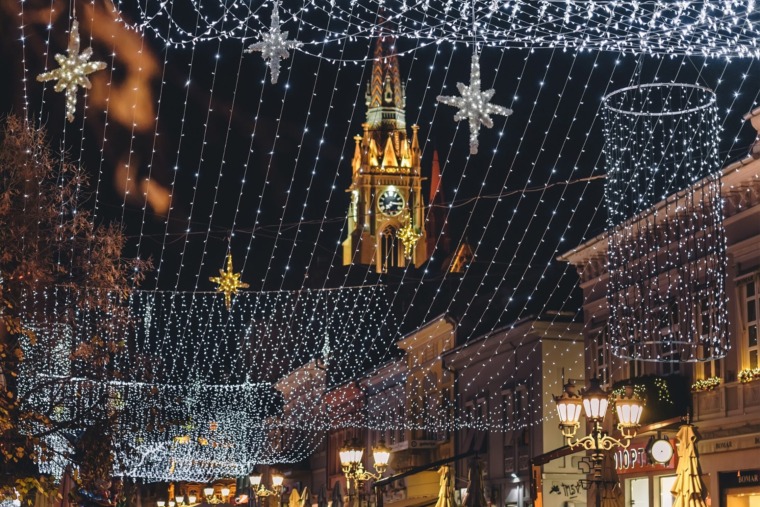
Snow-Free Serbia Travel Ideas for 2026
December 17, 2025
What to Do with Kids in Serbia: Family-Friendly Holiday Ideas
December 14, 2025

